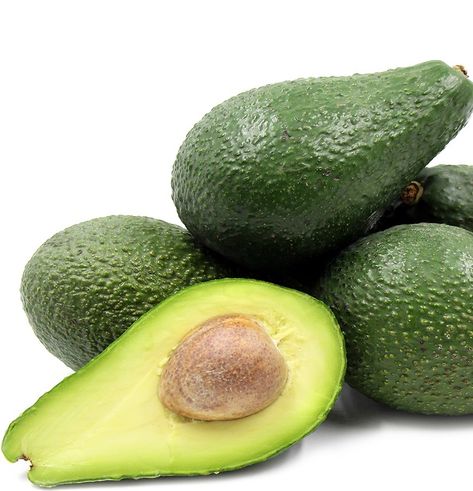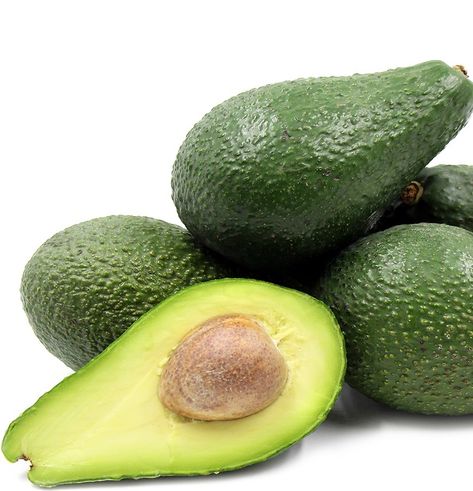Avocado - Pinkerton Semi Dwarf - Spring ripening
- Regular price
-
$109.00 - Regular price
-
- Sale price
-
$109.00
Couldn't load pickup availability
Pinkerton is the smallest growing of the semi-dwarf varieties available in New Zealand, which is ideal for the home gardener with limited space. Pinkerton produces avocados that are larger than Hass, a long and necky shape, that are creamy and buttery. The flesh is a golden yellow and has a superb flavour, and high oil content. Another desirable trait of the Pinkerton is its small seed, giving one of the highest flesh to seed ratios of all avocado varieties. This tree is well known as a consistent, heavy producer, and is commercially grown in some countries. When fully grown, Pinkerton reaches about 3.5-4 meters high, and 3 meters wide, but can be kept smaller by light pruning after fruit harvest.
Pinkertons harvest season starts in winter, and carries on through spring, sometimes still having good fruit for harvesting in early summer.
The parent trees of Pinkerton are Hass and Rincon. Pinkerton carries characteristics of both mother trees, and gains its semi dwarfing habit from the dwarf Rincon.
Pinkerton is an A flowering type, and although avocado trees in our climate are self fertile, they do produce more fruit if 2 are planted near each other with opposing flower types. In this case, best planted near a B variety, like Fuerte, Bacon, Hashimoto, Zutano or Sharwil.
Avocado trees are generally easy to care for, but here are a few tips to help ensure your tree thrives:
-
Plant your tree in well-draining soil in a sunny location. Protect from wind and frost when young.
-
Water your tree regularly, but be careful not to over-water. Avocado trees prefer to be kept evenly moist, but not waterlogged. If planting in a clay soil, it is important to either create a mound, or build a raised planter box to plant your tree into. This helps keep the sensitive feeder roots out of the wet zone.
-
Fertilise your tree with a balanced fertiliser twice a year, once in the spring and once in the summer.
-
Prune your tree regularly to remove any dead or damaged branches, and to shape the tree to promote good fruit production.









